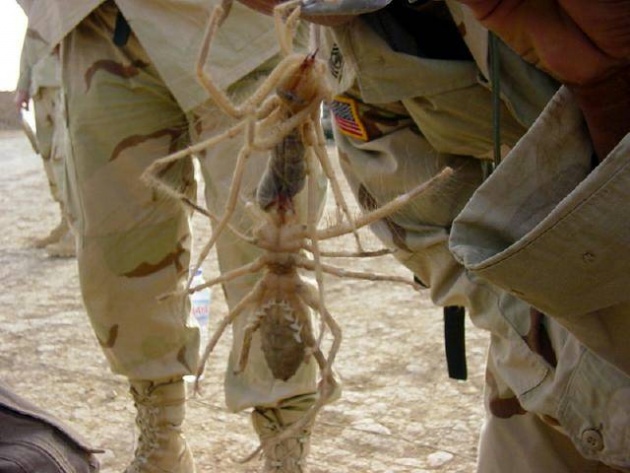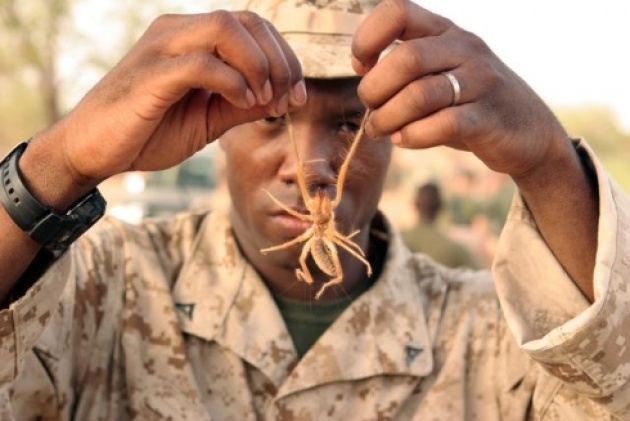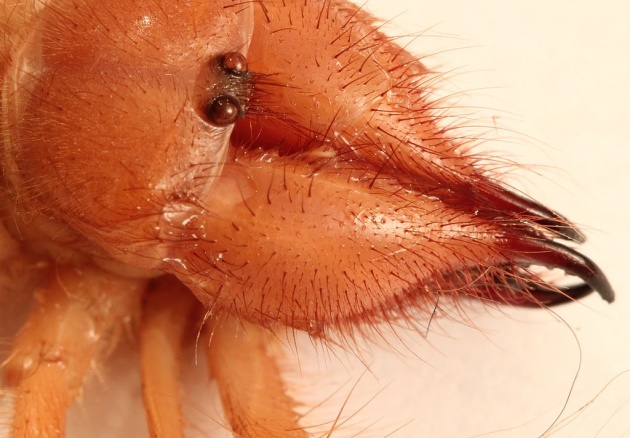I recently came across an article on the National Geographic website responding to this exact question as images of camel spiders went viral a couple of years prior, showing soldiers during the Iraq war holding these monstrous beasts, half their size.
Well it turns out the myth of bloodthirsty camel spiders living in the desert, gnawing off human flesh, at half the size of a human being is indeed false and a product of entertainment.

Sorry to burst your bubble but according to the National Geographic, camel spiders are not even classified as spiders at all even though they fall into the same class as Arachnida. In fact, they are called solpugids or otherwise known as wind scorpions.
The false facts do not end there. The photos taken by soldiers were indeed doctored; they weren’t doctored in the Photoshop sense rather a product of misleading perspective since reality shows these arachnids are only about 6 inches long.

You all know and most have tried this before when taking photos; we would pretend we’re holding the sun between our fingertips, leaning on the leaning tower of Pisa or kicking it down. Well, the same applies to these photos, as the solpugid was held closer to the lens as a way of increasing its size in comparison to the US soldier.
That’s not all folks! Wind scorpions are in fact not deadly to human beings even though they may have a pretty painful bite. But they are deadly to their natural forms of prey such as insects, rodents, small birds and lizards.

These desert dwellers are not venomous either but they do liquefy their victims’ flesh to make their prey easier to swallow. So, the whole mayhem involving camel spiders is in fact a myth and a product of some curious and clever people spreading a viral photo.
But that does not mean that these desert dwellers are friendly as can be; I would not approach one of these creepy crawlies, as they are pretty fast and painful if they choose to bit. Unfortunately this fabulous myth is indeed false, but that doesn’t mean there aren’t any giant spiders in the world.



